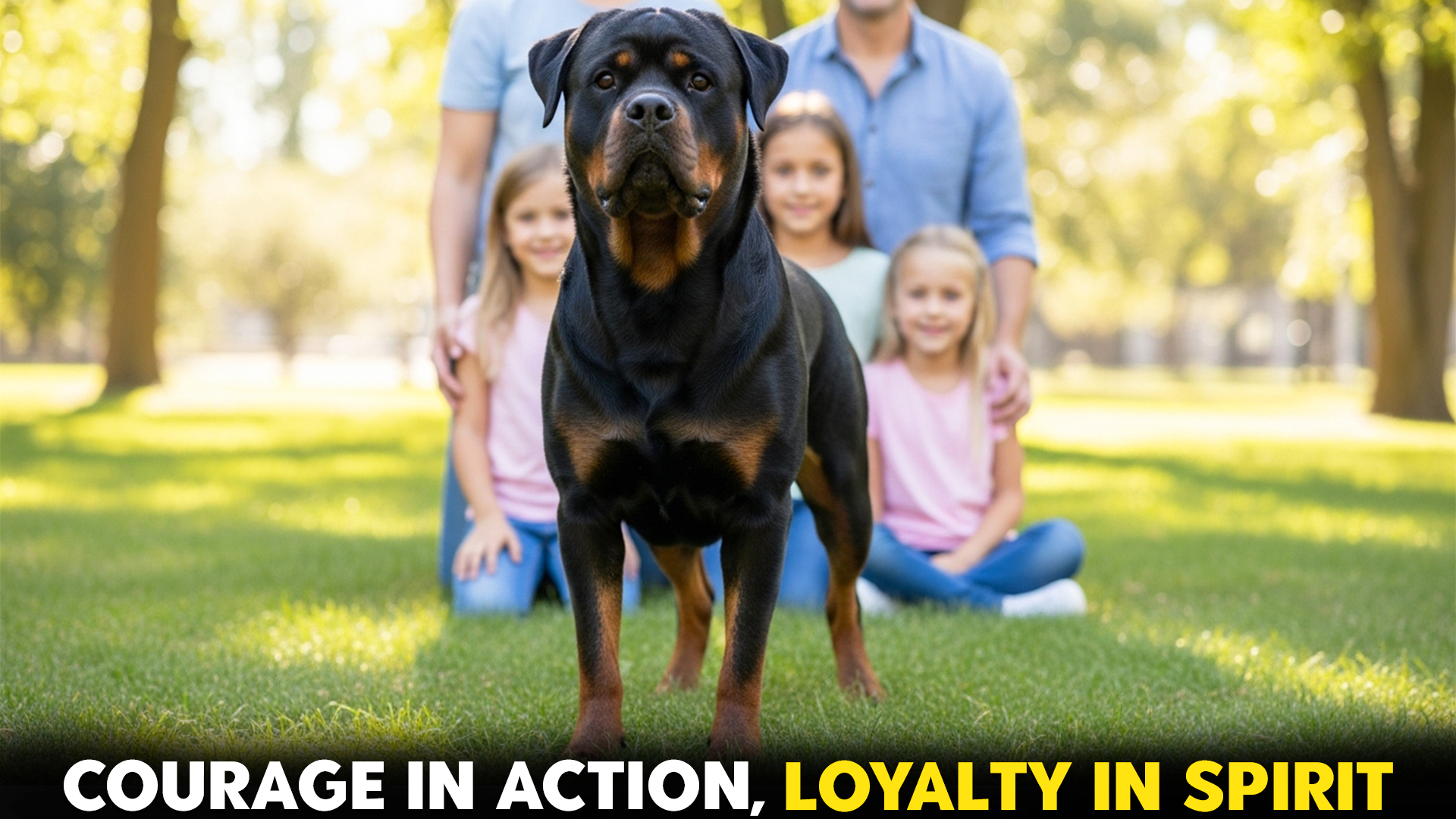Did you know that dogs have been protecting humans for over 12,000 years, according to a study by the University of Oxford?
From guarding ancient campsites to modern homes, their bravery and loyalty remain unmatched. These remarkable companions have evolved into more than just pets—they’re our protectors and family.
Courage isn’t just a trait for these best guard dogs; it’s instinct. They stand tall in the face of danger, showing an unshakeable devotion to those they love. Their protective instincts are as natural as their wagging tails.
Each great guard dog breed brings its own unique brand of bravery. Some rely on intelligence and alertness, while others use sheer strength and presence to guard their families.
But bravery doesn’t mean aggression—it’s about confidence, calmness, and control. The best guardians know when to act and when to observe simply.
Let’s explore the fearless and loyal breeds that define true canine courage and companionship.
Brave Dog Breeds With Strong Protective Instincts
1. German Shepherd
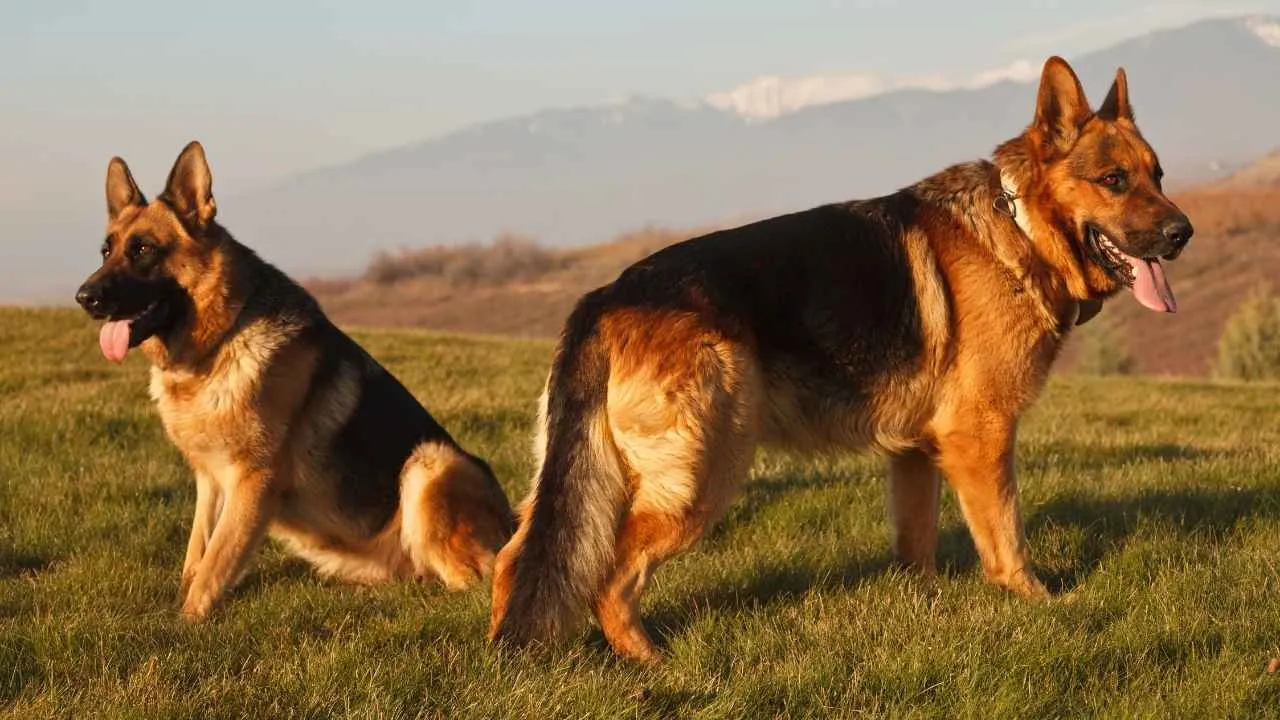
When danger strikes, the German Shepherd doesn’t hesitate—it assesses, decides, and acts with remarkable precision. This breed has an almost uncanny ability to differentiate between threat and trust, making it both a fierce guardian and a gentle family protector.
Their courage is balanced by intuition, which is why they remain one of the world’s most dependable protection dogs.
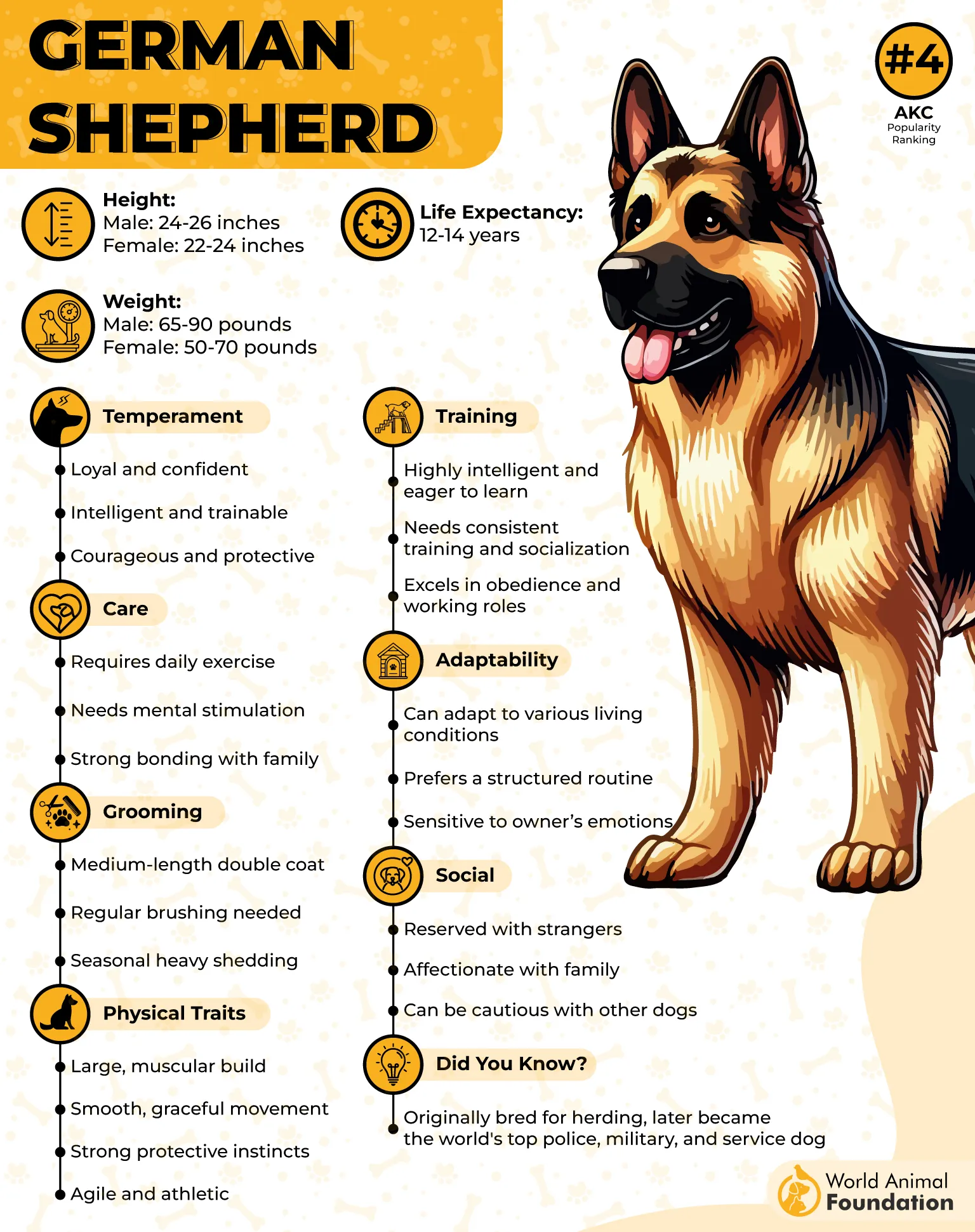
Known for their sharp minds and unwavering discipline, German Shepherds excel in police, military, and search-and-rescue work. Their intelligence ranks among the top three of all breeds, according to Stanley Coren’s canine intelligence study. They thrive on mental stimulation and purposeful work.
Key Traits:
Nature: Confident and noble
Loyalty: Deeply devoted to family
Protective Instinct: Immediate and calculated
Intelligence: Exceptional and quick-learning
Emotionally, these dogs crave a sense of duty and companionship. They respond best to consistent training, positive reinforcement, and advanced obedience tools like smart collars and agility routines.
Responsible ownership means giving them purpose—and the respect they’ve earned through centuries of service.
2. Belgian Malinois
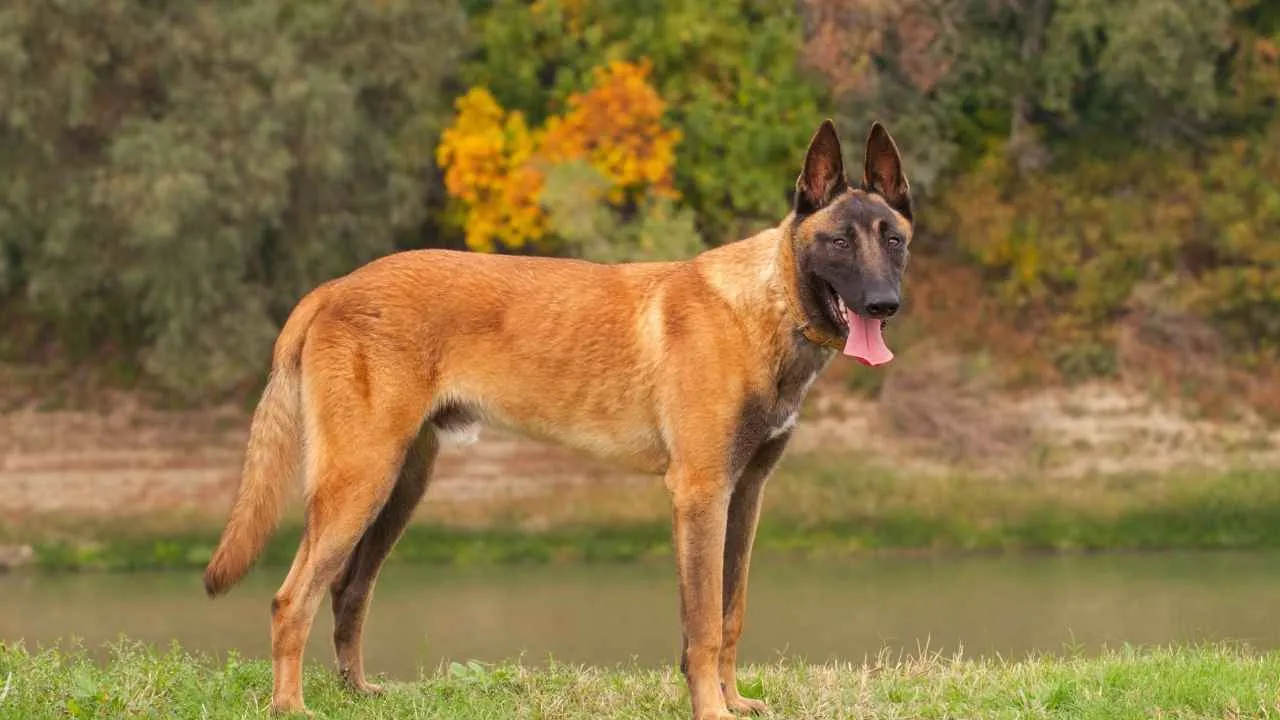
The Belgian Malinois meets danger with calculated precision and lightning-fast reflexes. This isn’t a dog that barks out of fear—it reacts with confidence and focus, distinguishing threat from harmless movement in an instant. Their intensity in protective situations is rivaled only by their loyalty.
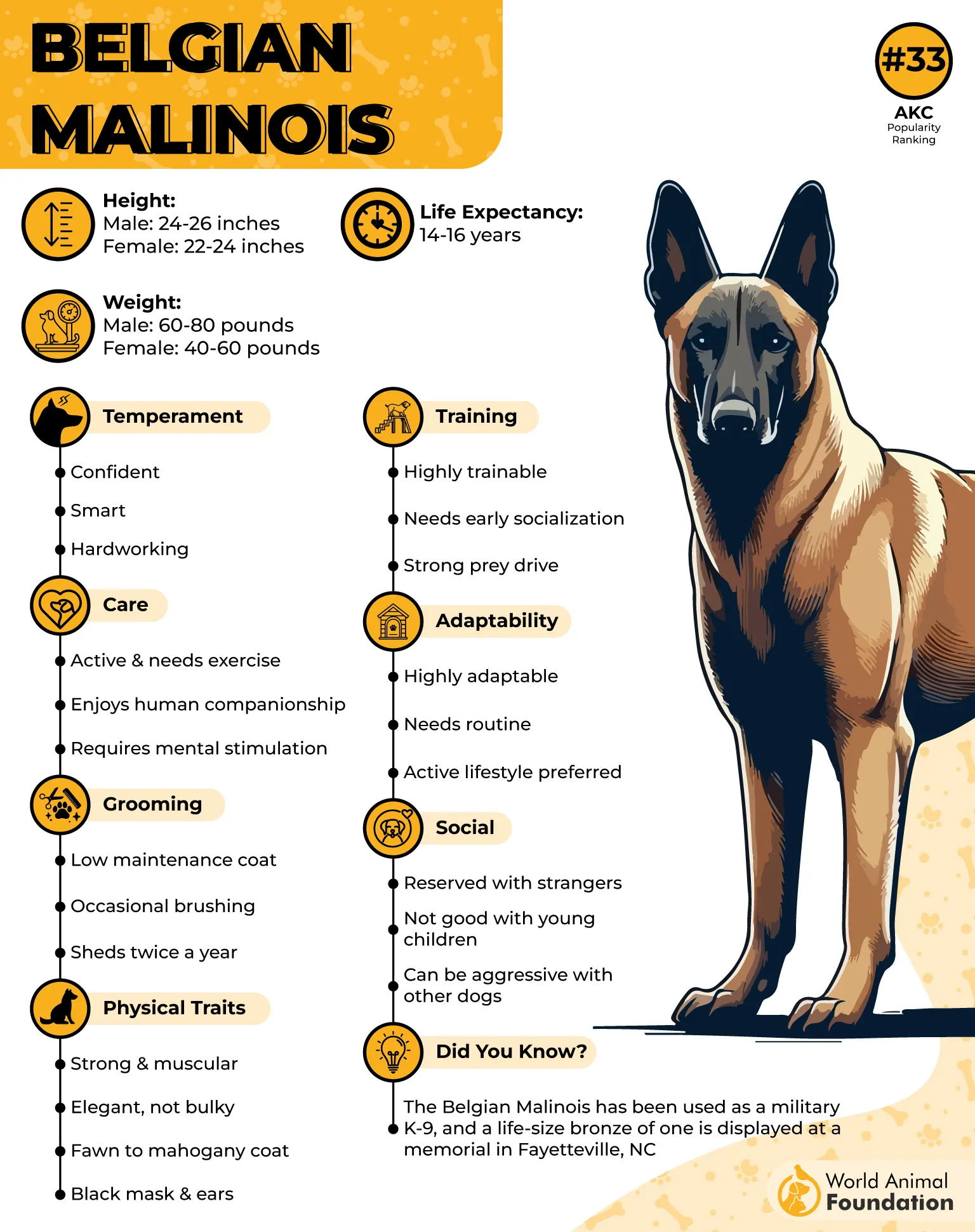
Favored by elite military units like the Navy SEALs, the Malinois is a true working warrior. Their energy and alertness make them exceptional in roles requiring endurance and split-second decision-making. Training this breed is a journey in trust, not control.
Key Traits:
Nature: Driven and fearless
Loyalty: Fiercely bonded
Protective Instinct: Natural and tactical
Intelligence: Razor-sharp problem-solving
Their emotional needs are as deep as their drive. Without daily mental and physical challenges, they can become restless. Use positive reinforcement, agility courses, and interactive gear to keep them engaged. A Malinois doesn’t just need exercise—it needs a mission.
3. Rottweiler
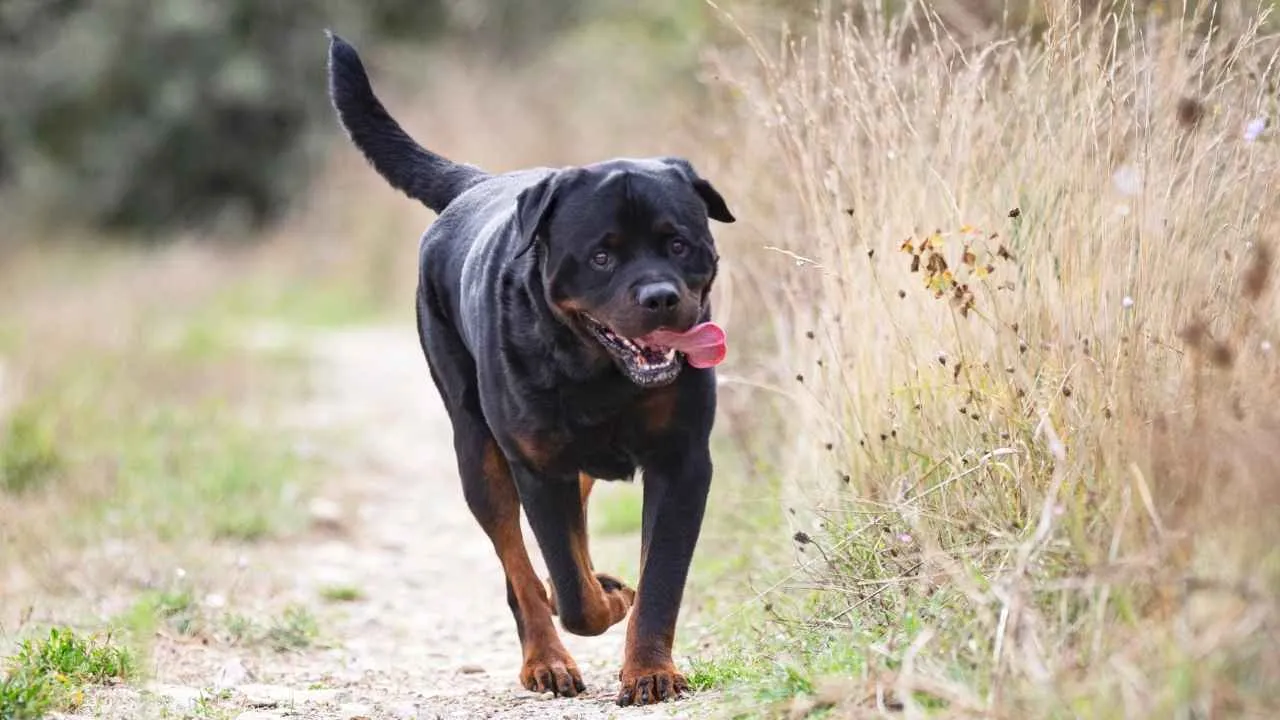
The Rottweiler stands like a wall between danger and its loved ones. Calm until provoked, it evaluates situations with a watchful eye, never reacting without cause. Once a threat is clear, their courage and power emerge with unstoppable force.
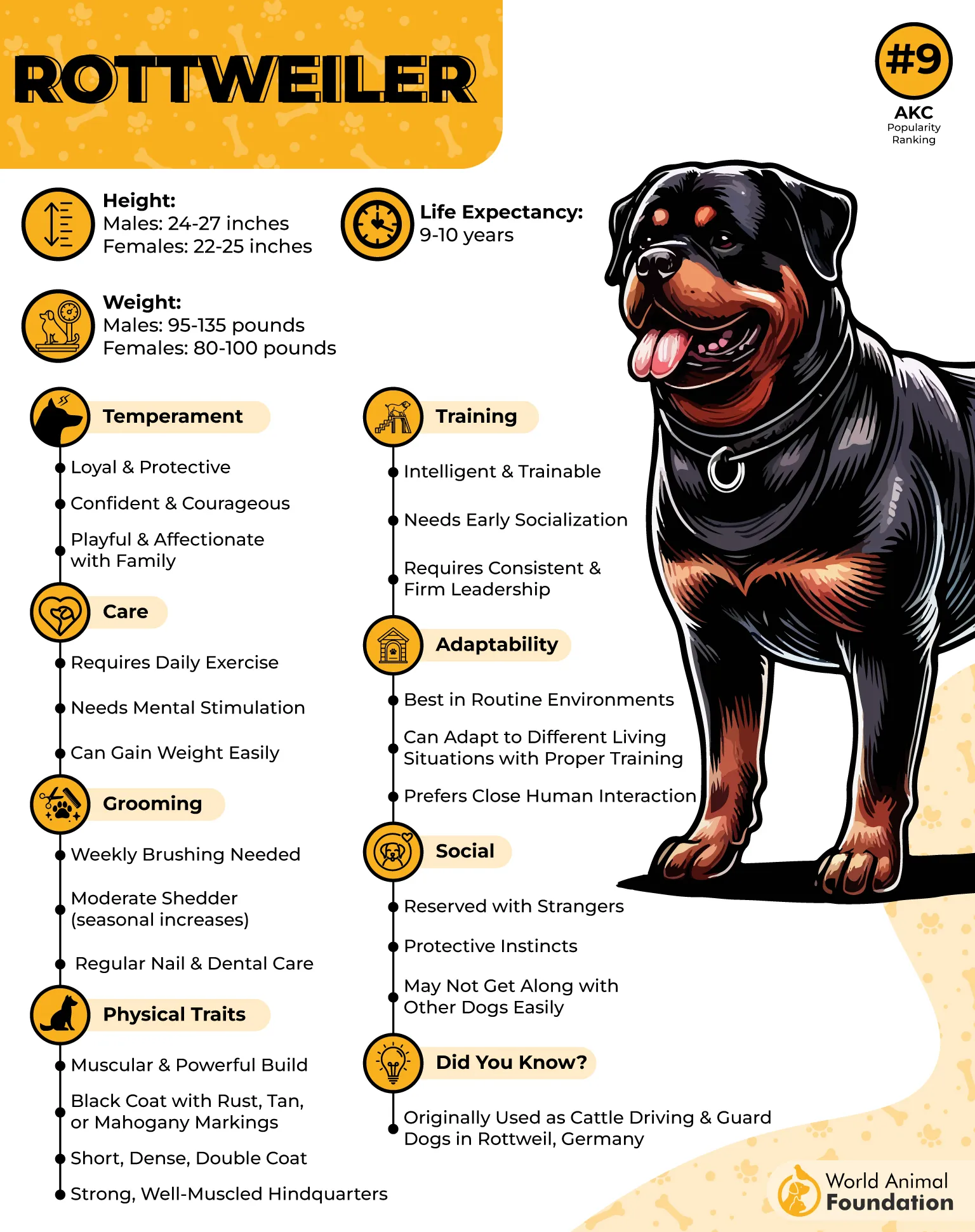
Originally bred to herd and protect livestock, the Rottweiler’s intelligence and loyalty have made it a trusted family guardian. They respond to firm leadership and fair, confident guidance. Their versatility shines in protection sports, therapy work, and obedience competitions.
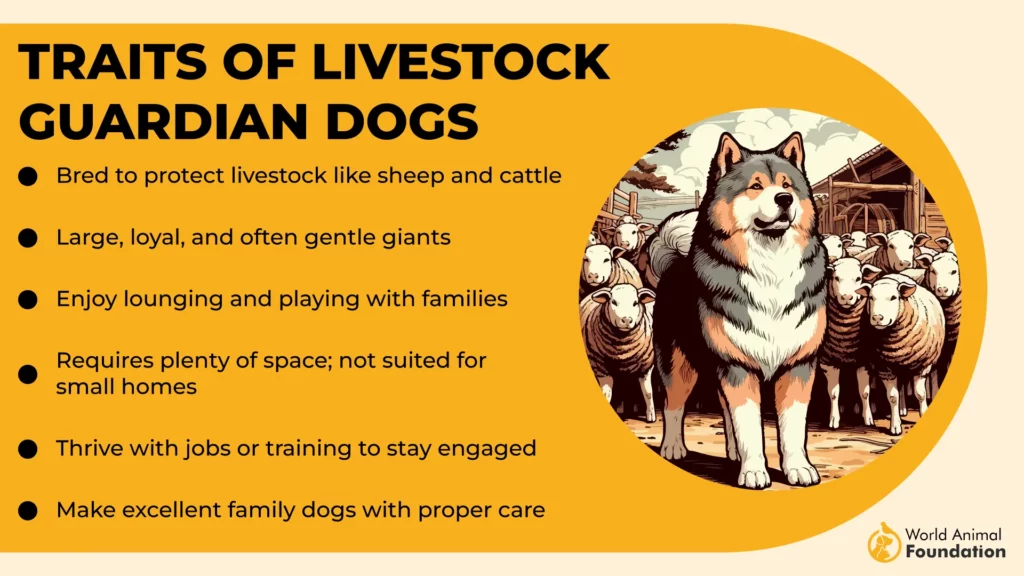
Key Traits:
Nature: Calm yet commanding
Loyalty: Deep-rooted and enduring
Protective Instinct: Fearless and instinctive
Intelligence: Strong and strategic
AKC notes that Rottweilers crave balanced affection and structure. Socialization is key to channeling their confidence responsibly. Consistent training and positive discipline ensure they stay composed protectors rather than overzealous defenders.
4. Doberman Pinscher
The Doberman Pinscher faces danger like a seasoned sentinel—swift, precise, and fearless. Their slender yet muscular frame conceals explosive power, and their ability to discern intent makes them one of the most intelligent guardians alive. They act not out of aggression, but purpose.
Dubbed the “ultimate protection dog,” Dobermans combine strength with sophistication. Their quick thinking and loyalty make them perfect for security, service, and emotional support roles. They’re sensitive to human emotions and form powerful, empathetic connections.
Key Traits:
Nature: Elegant yet assertive
Loyalty: Deeply attached and responsive
Protective Instinct: Swift and strategic
Intelligence: Highly trainable and intuitive
Purina suggests that Dobermans thrive on structured routines and heartfelt attention. They respond well to advanced obedience tools and positive training methods. Owners must offer both mental stimulation and reassurance to balance their sharp minds with their tender loyalty.
5. Cane Corso
The Cane Corso is a natural-born guardian whose calm gaze can stop intruders in their tracks. In danger, they become a fortress—silent, composed, and utterly fearless. They possess the wisdom to know when to intimidate and when to act.
Britannica reveals that historically used as Roman war dogs, their lineage reflects discipline and resilience. Today, they excel as family protectors and estate guardians, combining muscular strength with emotional sensitivity. Their loyalty is quiet but absolute.
Key Traits:
Nature: Dominant yet affectionate
Loyalty: Protective and soulful
Protective Instinct: Natural and steady
Intelligence: Tactical and observant
This breed needs confident leadership and structured socialization. They flourish with early training, reward-based reinforcement, and steady exposure to varied environments. A well-raised Cane Corso doesn’t just protect—they command respect through calm confidence.
6. Bullmastiff
When danger lurks, the Bullmastiff doesn’t bark—it acts. Bred to guard estates silently, this breed moves with stealth and strength, subduing threats with calculated power. Their bravery comes from patience, not panic.
Their intelligence shines in their measured reactions. Once trained, a Bullmastiff becomes a family’s silent sentinel, protective yet incredibly gentle with children. Their imposing size masks a surprisingly affectionate heart.
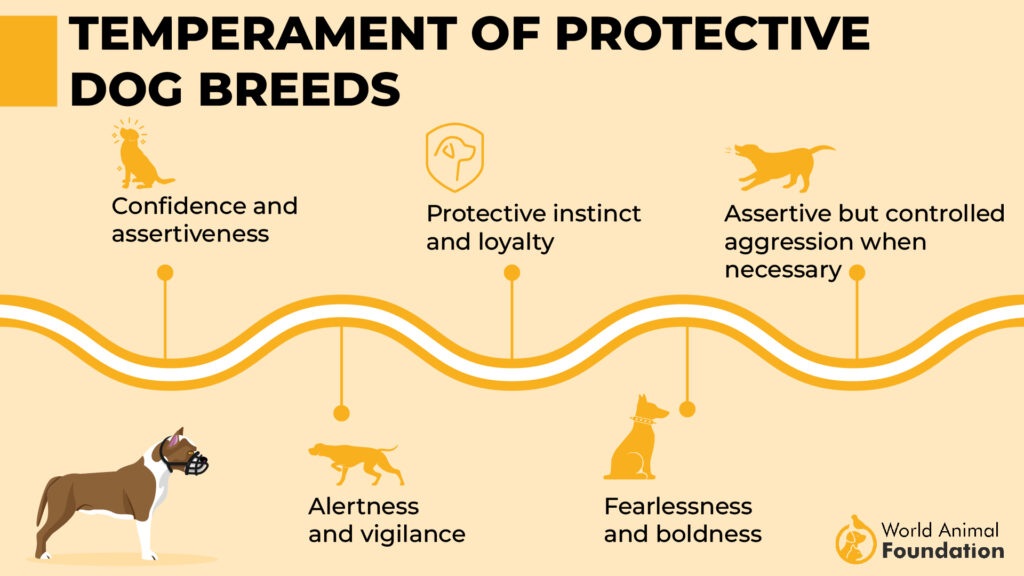
Key Traits:
Nature: Quietly courageous
Loyalty: Deep and family-centered
Protective Instinct: Controlled and precise
Intelligence: Calmly strategic
Because of their sensitive temperament, Bullmastiffs need consistent affection and structure. Modern training tools and reward-based systems bring out their cooperative side. Responsible owners nurture both their physical strength and emotional balance to prevent stubbornness.
7. Akita
The Akita is the embodiment of silent courage. In the face of danger, it stands tall—observant, composed, and unyielding. This breed doesn’t attack recklessly; it acts only when truly needed, making it both dignified and dependable.
Originating from Japan, the Akita symbolizes loyalty—famously represented by Hachikō, who waited years for its late owner’s return. They’re independent thinkers with sharp instincts and profound devotion.
Key Traits:
Nature: Proud and vigilant
Loyalty: Legendary and unwavering
Protective Instinct: Calm but intense
Intelligence: Independent and discerning
Akitas need respect and gentle guidance. Harsh methods backfire; instead, use calm leadership, positive reinforcement, and early socialization. A confident owner brings out their nobility, turning them into serene yet formidable protectors.
8. Rhodesian Ridgeback
Bravery runs in the Rhodesian Ridgeback’s blood—they were bred to hunt lions, after all. Their response to danger is fearless yet measured, showing courage without chaos. They trust their instincts and their people.
These dogs combine athletic grace with keen intelligence. Their endurance makes them excellent companions for active families and outdoor adventures. Their loyalty is subtle but steadfast—they don’t need to prove it; they simply live it.
Key Traits:
Nature: Athletic and poised
Loyalty: Quietly devoted
Protective Instinct: Brave yet balanced
Intelligence: Independent but responsive
Ridgebacks thrive on mutual respect and active lifestyles. Engage them with exercise, mental games, and consistent leadership. Proper socialization transforms their boldness into calm confidence—a true reflection of fearless loyalty.
9. Boxer
The Boxer meets danger with a spark of excitement rather than fear. Their courageous, playful spirit allows them to face threats head-on, protecting their families with joyful determination. They are the eternal optimists of the guard dog world.
Beyond their fun-loving demeanor lies a brilliant, trainable mind. Boxers are natural athletes with incredible reflexes and emotional intelligence, making them adaptable protectors and family clowns alike.
Key Traits:
Nature: Playful yet protective
Loyalty: Deeply affectionate
Protective Instinct: Bold and energetic
Intelligence: Sharp and intuitive
Boxers thrive on affection and structure. They require patient, positive training and interactive play that channels their boundless energy. With love and discipline, they transform from silly sidekicks into noble, fearless defenders of the home.
FAQs
Are protective dog breeds also good with families and kids?
Absolutely! Most protective dog breeds, like German Shepherds, Rottweilers, and Boxers, are known to be great family guard dogs when given proper training and early socialization. Their natural protective instinct makes them gentle with small children and loving toward family members.
How can I train a brave dog to be protective without aggressive behavior?
Focus on proper obedience training and positive reinforcement. Reward calm, confident behavior and expose your dog to different environments and other pets. The goal is to strengthen their instinct to protect while teaching them when it’s appropriate to act.
Do protective dog breeds require more exercise and mental stimulation?
Yes—brave dog breeds often have high energy and intelligence. Regular exercise, agility games, and mental challenges are essential to keep them balanced, happy, and responsive. A well-exercised dog is a good (and well-behaved) protector!
Conclusion
Big hearts, loud barks, and an instinct to protect—these guard dog breeds take security (and snacks) very seriously. Even the mailman knows their protective nature means business!
Don’t forget the Giant Schnauzer or Staffordshire Bull Terrier—both strong-willed, incredibly loyal, but secretly think they’re lapdogs. With proper training and belly rubs, they’re great family pets and even better comedians.
So, whether you want a gentle giant or a small but mighty protector, pick the one that fits your family life—just be ready to share the couch with your new loyal companion!


